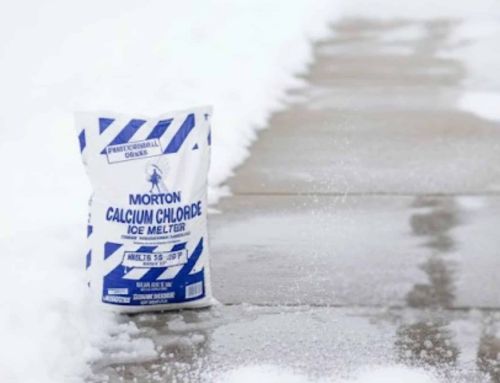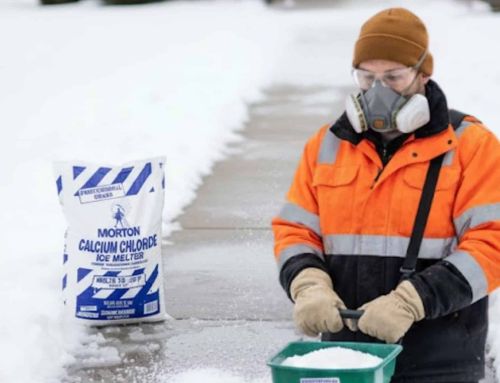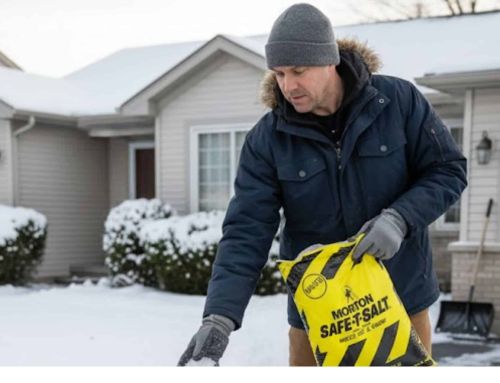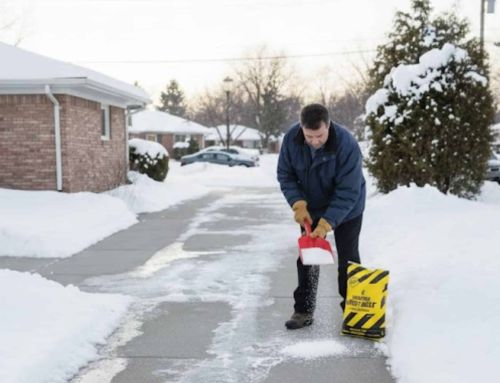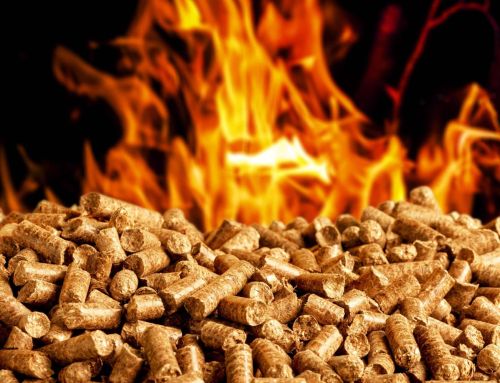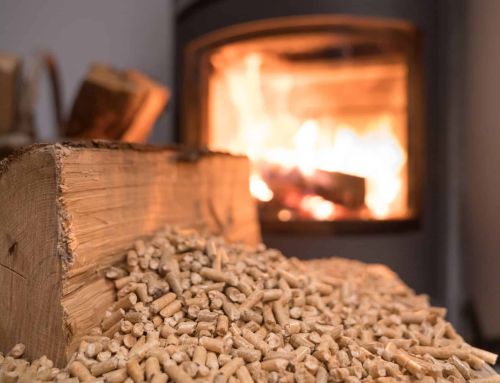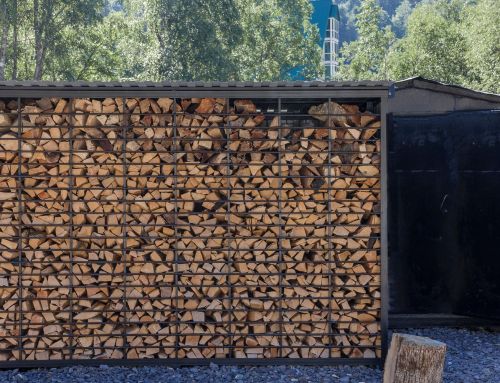Starting in November, stores start putting out displays of various ice melting materials with their winter products. Lots of people wait until the first snowfall to grab whatever is available, unaware of the effects of the materials on their cars, driveways, lawns or even pets. Ice melters differ from materials designed to add traction, such as sand or cat litter. Ice melters dissolve into the water that the ice and snow are composed of, creating a solution with a lower freezing point than water alone. Because these work on a chemical level, they can react with metal, concrete, wood, or other materials.
Each ice melting material has its advantages and drawbacks, but you shouldn’t pick up anything without knowing how it works and what precautions you may need to take. You will find a few common ice melters in most stores; a little know-how will keep your driveway ice-free and safe all winter long.
Ice melters that use magnesium chloride as the active ingredient have become more common in recent years, and if you’ve been using rock salt, it’s well worth the switch. It’s effective in temperatures as low as -13 degrees Fahrenheit. Magnesium chloride works quickly and is pet-friendly, as sodium chloride can form an irritating brine that sticks to your pet’s paws. If your pet has a chronic health condition, keep your magnesium chloride ice melter in a pet-safe container. If you have unpaved areas prone to dust, magnesium chloride can be helpful year-round to control ice in the winter, and for dust control in the summer and fall. Magnesium chloride applied in excess, can damage plants, but not as much as sodium chloride, which is why it’s the ice melter recommended for gardeners. Magnesium chloride is somewhat more expensive than rock salt, but with that price, you get an additional 30 degrees of safe, fast ice melting.
Ice melting compounds
Ice melting compounds that use two or more salts usually include sodium chloride encapsulated in magnesium chloride or calcium chloride. These compounds work in lower temperatures than sodium chloride alone, and the magnesium or calcium chloride won’t damage metal, concrete, or plants. If you have the choice between sodium chloride alone and an ice melting blend, the latter will reduce potential damage.
Rock salt
Rock salt used to be ubiquitous in late fall through the winter, and some stores still sell it. It’s affordable, leaves a dry residue and works on ice in temperatures as cold as 20 degrees Fahrenheit. The brine produced by rock salt can be corrosive to metal, including the undercarriage of your car. Salt can be dangerous to pets if they get into the large bags of rock salt, and it can damage new concrete. Salt can damage plants and has been used as an herbicide, so if you or your neighbors have a garden, keep rock salt well away from those areas.
You can improve the efficacy of your ice melter by scattering it widely before the snowfall or just as the snowfall begins. A thin layer is best; you shouldn’t enter your home on a carpet of rock salt. If you wake up to a foot of snow, use the snow blower or shovel first. Cover your hands before applying or use a scoop to avoid getting irritating residue on your hands. Sweep up any excess, and the spring will find your home’s exterior looking as beautiful as ever.



